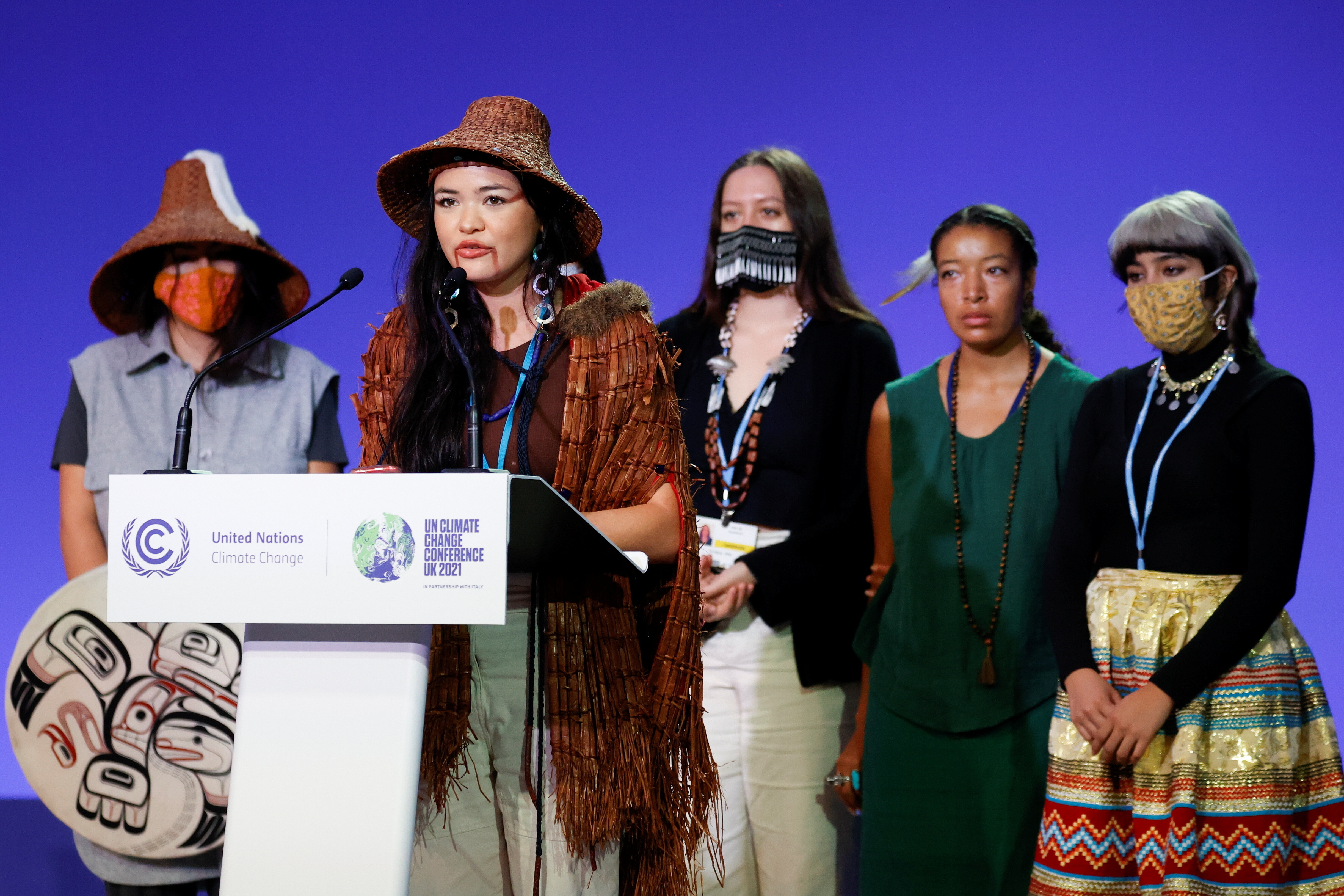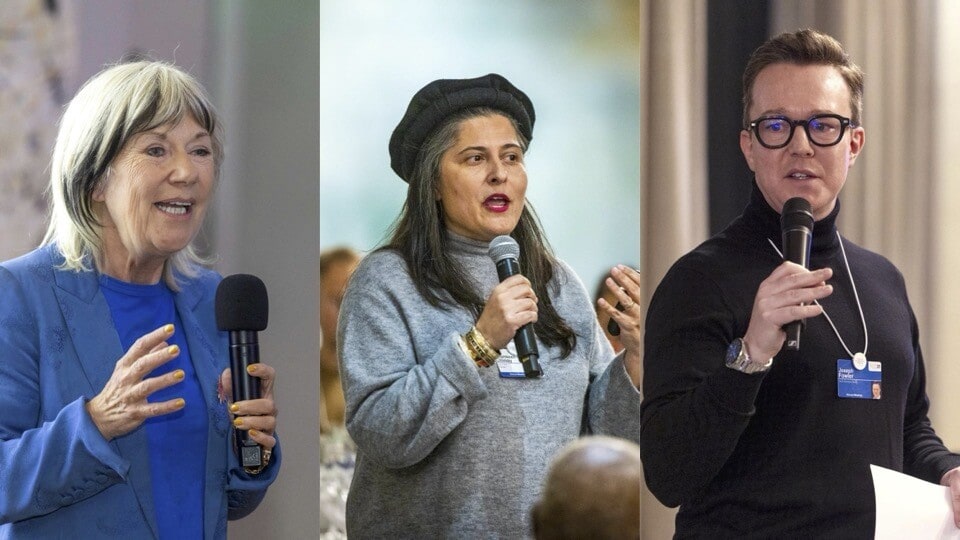Can reading Harry Potter increase social understanding?

The communications profession is fond of espousing the power of storytelling. Building narratives is a core component of much of our work and connecting people through stories is one of the main goals. While we have known that storytelling works for quite some time, new research is proving the case.
The greatest magic of Harry Potter
According to a study, published in the Journal of Applied Social Psychology, young people who read the Harry Potter series — and identify with the main character or protagonist — are less likely to be biased or prejudiced against minority groups.
In the Harry Potter novels, prejudice is a recurring theme. Voldemort, who represents pure evil, makes arguments about non-wizards known as Mud-bloods and half-bloods that have obvious parallels to racism and Nazism. Moreover, Harry and his friends come into contact with non-human species, like elves and goblins, which complain they are forced into subservient roles, similar to slavery and caste systems.
These parallels may be obvious, but can they change our sympathies?
The research group, led by professor Loris Vezzali of the University of Modena and Reggio Emilia in Italy, conducted three related studies. In the first, they asked 34 Italian fifth graders to fill out a questionnaire about their attitudes toward immigrants, a group frequently stigmatized in Italy. The students were then divided into two groups that met over a six-week period to read passages from Harry Potter and discuss them. The treatment group read excerpts focusing on sections of the books that deal with prejudice or bigotry. For example, in one of the passages they read Draco Malfoy, a pure-blood, aristocratic wizard, calls Harry’s friend Hermione a “filthy little Mud-blood.” In contrast, the control group read excerpts unrelated to prejudice, like when Harry buys his first magic wand.
After reading the excerpts, the students answered the questionnaire about immigrants a second time. Those students in the treatment group—especially if they identified with the Harry Potter character—showed increased empathy toward immigrants. The attitudes of those in the control group didn’t changed significantly.
Presumably, the children were impacted by Harry’s acceptance of the stigmatized group known as “mudbloods” and helped them better understand the intolerance and unfairness against minority groups, like homosexuals or immigrants.
Vezzali and colleagues conducted two follow-up studies with similar results. In a second study, the researchers asked 117 Italian secondary school students how many of the Harry Potter books they had read, whether they emotionally identified with Harry Potter or Voldemort, and what their attitudes were towards LGBT people. They found that the students who had read more of the books had a positive perception towards LGBT people, but again, only if they emotionally identified with Harry Potter.
Finally, in the third study, the researchers examined a group of older college students in England and assessed their attitudes toward refugee groups. They found that reading the Harry Potter books had a similar effect on them as well. This time, however, identification with Harry Potter didn’t contribute to attitude changes in this older population, BUT strongly not identifying with the evil Voldemort did. According to the authors, “people form attitudes not only by conforming to positive relevant others, but also by distancing themselves from negative relevant others.”
As a result, the researchers believe that “reading the novels can potentially tackle actual prejudice reduction.”
Stories can also address racism
The study is consistent with research that found that reading literary fiction can reduce racism by helping readers identify with characters from diverse backgrounds. In this study, a research team, led by psychologist Dan Johnson, from Washington and Lee University determined that reading an excerpt of a novel about a Muslim woman produced two welcome results. Firstly, readers were more likely to categorize people as mixed-race, rather than forcing them into specific racial definitions, and, secondly, they were also less likely to associate angry faces with outsider groups.
Johnson and his colleagues describe two experiments that incorporated a 3,000-word excerpt from Shaila Abdullah’s 2009 novel Saffron Dreams about an educated Muslim woman named Arissa who is assaulted in a New York City subway station. Participants in the study were divided into two groups. The treatment group read an excerpt that featured “significant inner monologue that accentuates the protagonist’s strength of character while providing exposure to Muslim culture,” while the control group read a 500-word synopsis of the same scene that did not contain the descriptive language or dialogue to reduce the narrative quality.
The participants then viewed a series of ambiguous-race faces and rated them based on a four categories: (1) Arab, (2) mixed, more Arab than Caucasian, (3) mixed, more Caucasian than Arab, or (4) Caucasian.
Those who read excerpt featuring inner monologue and descriptive language “made significantly fewer categorical race judgments” compared to those who simply read the synopsis.
The second experiment involved 110 people that were recruited online. They read either the excerpt from the novel, the 500-word synopsis of the excerpt, or an unrelated piece about the history of automobiles. Then, participants in all three groups examined 12 images of ambiguous Arab-Caucasian faces that expressed varying levels of anger and classified them based on the same four categories.
Participants who read either the synopsis, or the history of the car disproportionately categorized angry faces as Arab. However, this bias was absent among those who read the excerpt from the novel.
What’s going on?
Research, published in the Oxford Journal of Social Cognitive and Affective Neuroscience, found that when individuals observe people they perceive to be outsiders, their brains do less mental mirroring, and feel less sympathy.
Mental mirroring is a behavior in which an individual subconsciously imitates the gestures, speech patterns, or attitudes of another. This behavior usually occurs in social situations where the individual feels connected to the other and helps build rapport among people. People do less mental mirroring around those we perceive to be outsiders and, as a result, we feel less connected to them.
Narrative fiction may be able to bridge this empathy gap by supporting viewpoints that are accepting of others or by providing a window into the minds of others. This is one reason why the success of the Harry Potter books is so remarkable. While individuals with negative biases against Muslims are not likely to read Saffron Dreams, they might read a fantasy story like the Harry Potter novels that has broad appeal and that camouflages some of the progressive messages of acceptance under magic spells and quidditch matches.
This article was originally published on The World Bank’s People, Spaces, Deliberation Blog. Publication does not imply endorsement of views by the World Economic Forum.
To keep up with the Agenda subscribe to our weekly newsletter.
Author: Roxanne Bauer is a consultant to the World Bank’s External and Corporate Relations, Operational Communications department (ECROC).
Image: A woman lies in the grass while reading a book, at Columbia University in New York. REUTERS/Carlo Allegri.
Don't miss any update on this topic
Create a free account and access your personalized content collection with our latest publications and analyses.
License and Republishing
World Economic Forum articles may be republished in accordance with the Creative Commons Attribution-NonCommercial-NoDerivatives 4.0 International Public License, and in accordance with our Terms of Use.
The views expressed in this article are those of the author alone and not the World Economic Forum.
Stay up to date:
Arts and Culture
Forum Stories newsletter
Bringing you weekly curated insights and analysis on the global issues that matter.
More on Arts and CultureSee all
Sarah Franklin and Lori Ferriss
November 12, 2025






